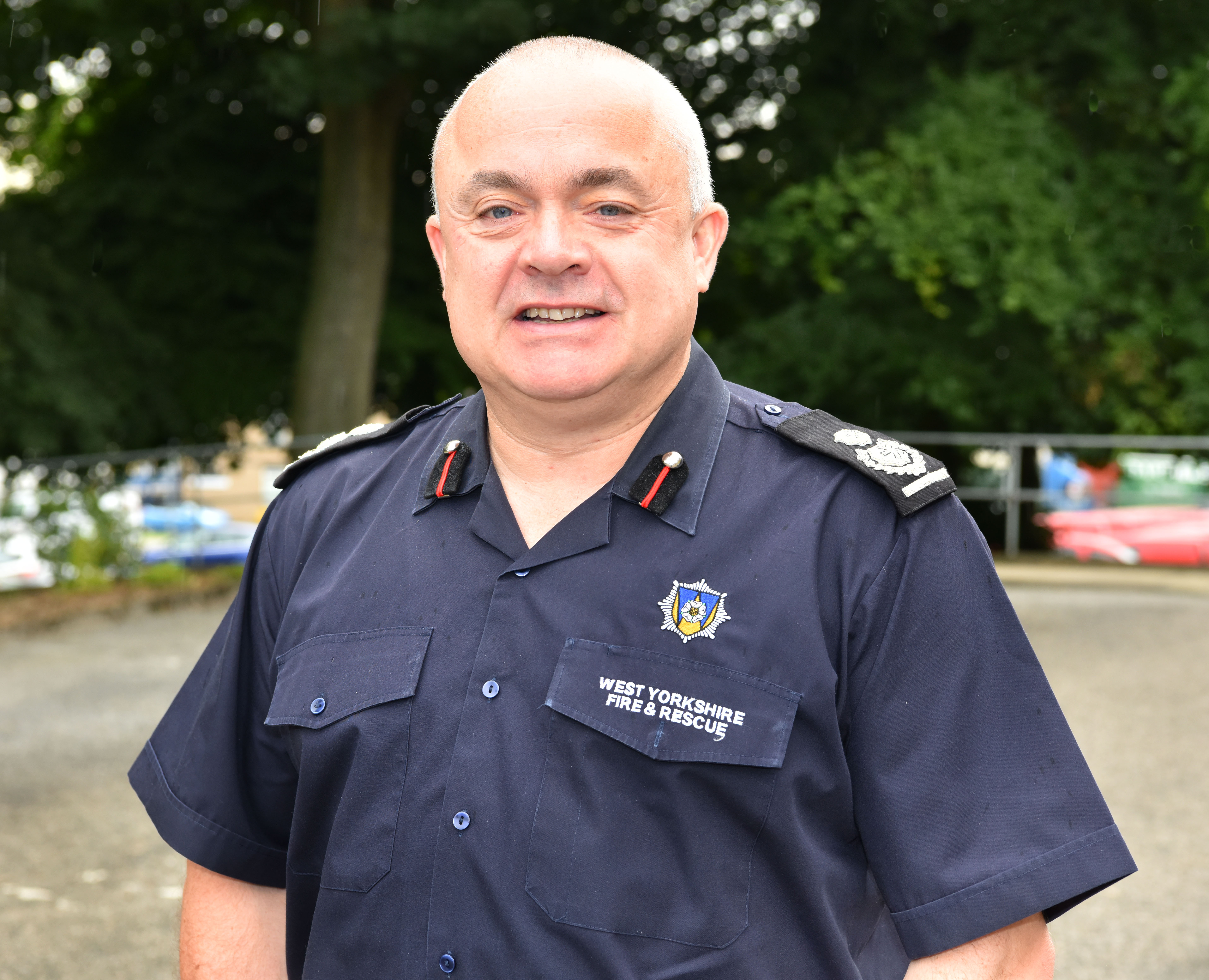
For the first time since the 1970s, West Yorkshire Fire and Rescue Service is now recruiting to increase its firefighter headcount. This £1.5m investment is a direct result of the increase in the council tax precept last year.
The service, like all public sector bodies, has experienced significant cuts to its budget since 2010, when austerity measures began. As a result, firefighter numbers have reduced over last 12 years from 1,490 to 900. This was through not replacing firefighters as they retired or left, rather than redundancies. Whilst this has enabled efficiency savings, it has placed significant pressure on the staffing and flexibility of service delivery.
To combat this, the West Yorkshire Fire and Rescue Authority members approved an increase in £5 council tax precept and the proposal to invest in service delivery by increasing the operational establishment by thirty-four posts.
This was by asking every household to pay £5 a year to the fire service. The investment in operational establishment directly contributes to the ambition of ‘Making West Yorkshire Safer’ and is captured in the new Community Risk Management Plan.